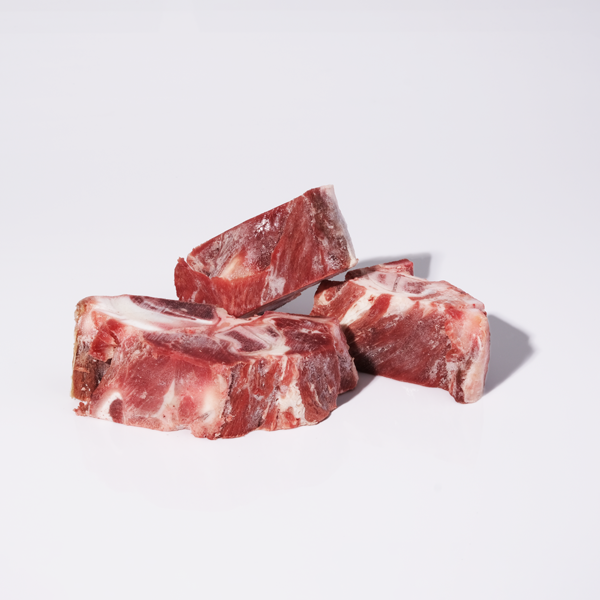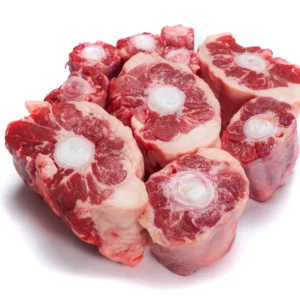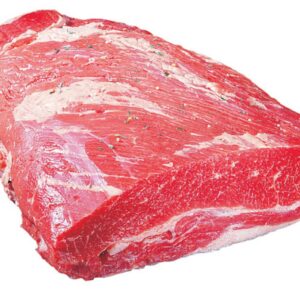FROZEN BEEF NECK
Unlock Flavor: The Surprisingly Versatile Frozen Beef Neck
Beef neck might not be the first cut you reach for in the frozen aisle, but savvy cooks and budget-conscious foodies are discovering the incredible potential hidden within this often-overlooked piece of meat. Frozen beef neck, when properly prepared, can deliver rich flavor and tender texture, perfect for comforting stews, hearty sauces, and even budget-friendly barbecue.
Why Choose Frozen Beef Neck?
Affordability: Beef neck is typically much more affordable cut compare to prime steaks or roasts. Freezing further helps preserve its freshness and makes it accessible year-round.
Intense Flavor: Packed with collagen and marrow, beef neck is a flavor powerhouse. Slowly cooking it breaks down these elements, creating a rich, gelatinous broth and incredibly flavorful meat.
Versatility: While often associated with slow-cooking, beef neck can be used in a variety of dishes. From classic stews to innovative braises, its adaptability makes it a valuable ingredient.
Nutrient Rich: Beef neck is a good source of protein, iron, and collagen, making it a nutritious addition to your diet.
How to Prepare Frozen Beef Neck:
The key to unlocking the potential of frozen beef neck is patience and low, slow cooking. Here’s a step-by-step guide:
Thawing: For best results, thaw the beef neck in the refrigerator for 24-48 hours, depending on its size. You can speed up the process by placing it in a waterproof bag in cold water, changing the water every 30 minutes.
Sear for Depth of Flavor: While not essential, searing the beef neck before cooking adds a layer of depth and complexity to the final dish. Pat the thawed neck dry and sear it in a hot pan with oil until browned on all sides.
Slow Cooking is Key: Braising or slow cooking is the ideal method for breaking down the tough connective tissues and extracting maximum flavor. Use a Dutch oven, slow cooker, or pressure cooker.
Braising: In a Dutch oven, combine the seared beef neck with your favorite braising liquid (red wine, beef broth, or even water) along with aromatic vegetables like onions, carrots, and celery. Simmer on low heat for 3-4 hours, or until the meat is fork-tender.
Slow Cooking: In a slow cooker, follow a similar process to braising, but cook on low for 6-8 hours.
Pressure Cooking: A pressure cooker can significantly reduce cooking time. Follow the manufacturer’s instructions for pressure cooking bone-in meats.
Tips for Success:
Don’t Skimp on the Liquid: Ensure the beef neck is submerge in braising liquid to maintain moisture and prevent drying out.
Adjust Seasoning: Taste and adjust seasoning throughout the cooking process. The broth will concentrate as it simmers.
Strain the Broth: After cooking, strain the broth to remove any bones or vegetables. This will create a smoother and more refined sauce.
Frozen beef neck is a hidden gem waiting to be discover. With a little patience and the right techniques, you can transform this affordable cut into a flavorful and memorable meal. So, next time you’re browsing the frozen meat section, don’t overlook the beef neck – you might be surprised at the culinary possibilities it holds!
Be the first to review “FROZEN BEEF NECK” Cancel reply
Related products
Frozen Beef
Frozen Beef
Frozen Beef
Frozen Beef
Frozen Beef
Frozen Beef
Frozen Beef
Frozen Beef












Reviews
There are no reviews yet.